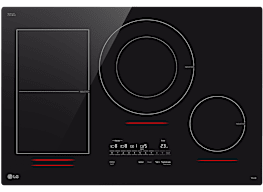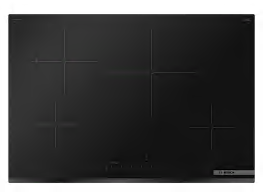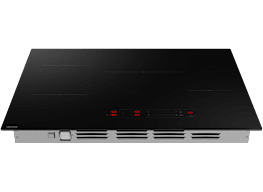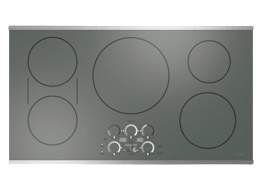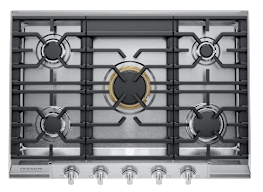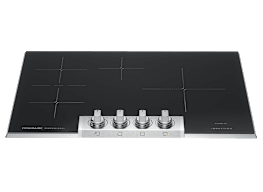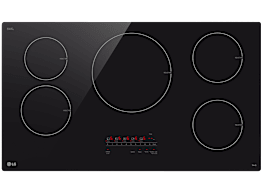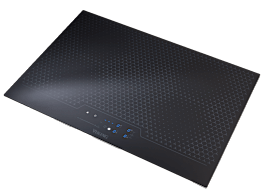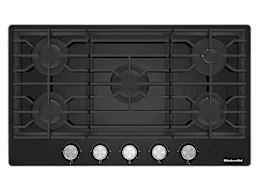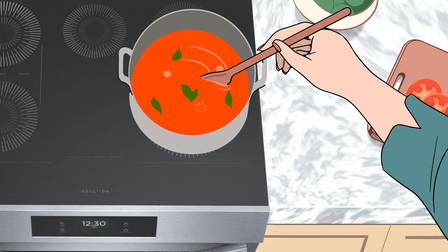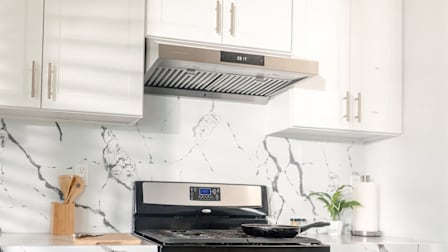Best Portable Induction Cooktops
Our favorite stand-alone burners provide speedy heating and steady simmering—and all you need is a standard electrical outlet
When you shop through retailer links on our site, we may earn affiliate commissions. 100% of the fees we collect are used to support our nonprofit mission. Learn more.

Portable induction cooktops offer stovelike performance in a hotplate-sized package, making them a great option if you’re short on kitchen space or if you’re looking for a burner you can take on the go.
Unlike traditional hotplates, portable induction cooktops use an electromagnetic pulse to generate heat. The result is an appliance that simmers steadily and heats faster than a traditional hotplate—and, in some cases, heats faster than a full-sized gas stove. The best of the portable induction cooktops took roughly 13 minutes to boil 4 litres of water, while the slowest took about 20 minutes. Their efficiency makes them an ideal choice for an extra burner in your kitchen or a nice-to-have accessory when paired with a generator if you’re camping or tailgating.
Portable induction cooktops—also called portable induction burners—are already often seen in professional settings. A pastry kitchen might use one such cooktop for melting chocolate, and these portable cooktops make it easy to set up an omelet station at a buffet. But they can be every bit as useful in a home kitchen.

















